GATHERING A VIBRANT COMMUNITY OF GAME DEVELOPERS, ROBOTICS ENTHUSIASTS, STEM CELL ENGINEERS, SOCIAL INNOVATORS AND SATELLITE MAKERS, IN THE QUIET OF THE COUNTRYSIDE AND THE STIMULUS OF THE SEA AROUND US.
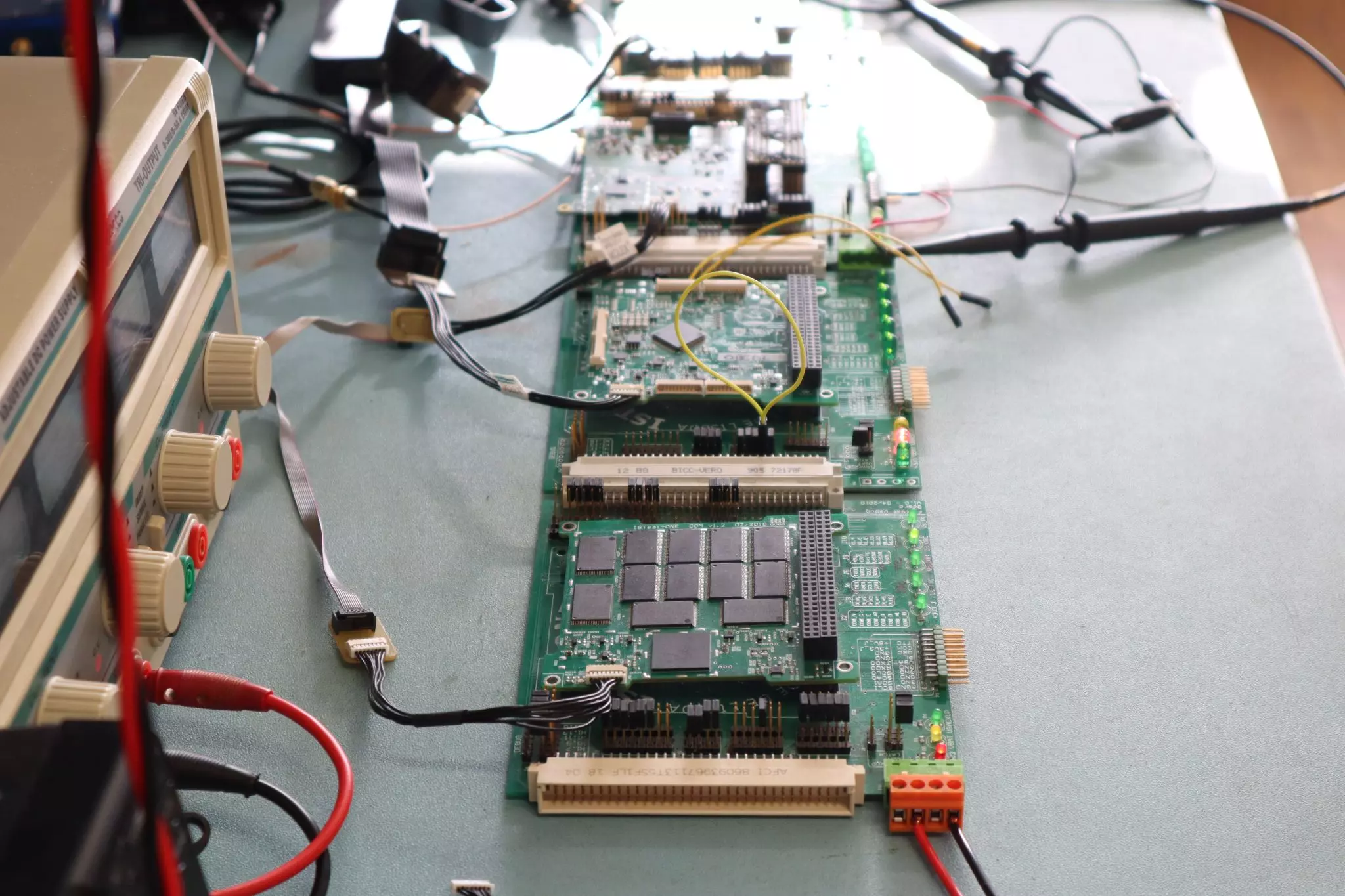
Instituto Superior Técnico campus at Taguspark, Oeiras, began operating in 2000 and is the fulfilment of a vision that was born in Portugal by the end of last century: the link between Universities and Companies.
The creation of our campus inside a Science and Technology Park allows students to live in a business environment, stimulating their learning skills by reinforcing a set of soft skills.
Just a Quick Note:
InnovationsOfTheWorld.com has partnered with Trade License Zone (TLZ) to support global innovators looking to expand internationally. Take advantage of the UAE’s Free Zones—enjoy streamlined setup, low corporate taxes, and a strategic gateway to the Middle East and beyond.
Get Your UAE Free Zone License Fast & Easy!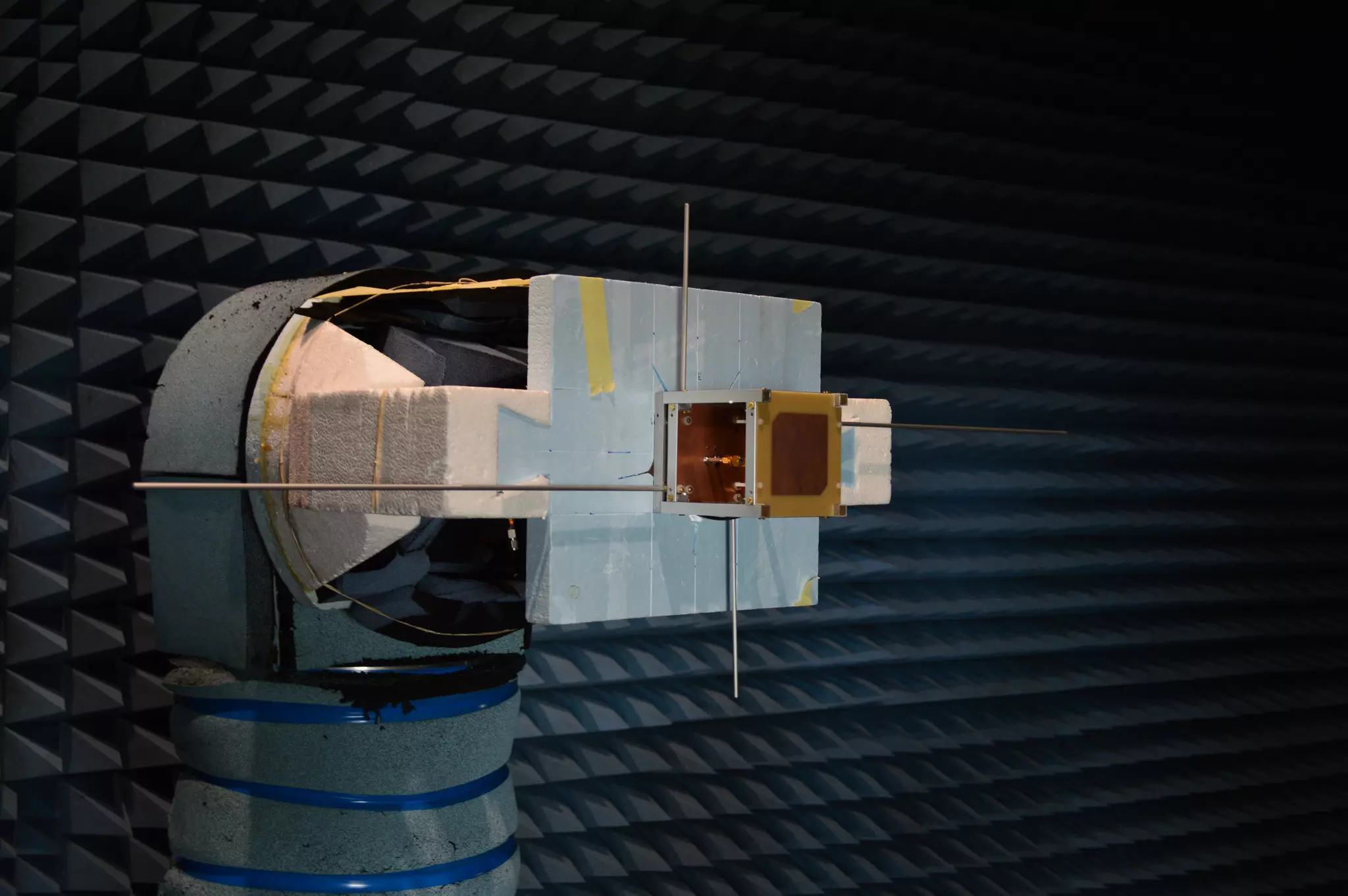
The campus has a wide range of laboratories for education and research within the different scientific areas. Information Technology laboratories on campus offer a wide range of IT resources and other complementary services, acting as a strong support to students’ academic work. An Electronics factory can be used by students to build support equipment for the implementation of their academic work.
The environment is crucial in daily life and it is for this reason that the pedagogical building has a landscaped area inside that makes the atrium a very nice place to live in. The leisure space on campus promotes interaction between students, faculty, researchers and staff through the sharing of experiences. The campus has a multisport field that enables the practice of some sports, namely soccer, basketball, volleyball and tennis. Several food service areas are offered on campus, such as a bar, a canteen, a restaurant & bar and a dining room. We also have a library, in one of the noblest areas of the campus, and several study rooms, for individual and group work, some of which open 24/7.

About Técnico TagusParkResearch
At Técnico TagusPark we have several research groups within five Research Centres, ranging from Management Studies, Bioengineering and Biosciences, Computer Science and Engineering, Robotics to Telecommunications.
Some highlights of our work:
The Centre for Management Studies of Instituto Superior Técnico, CEG-IST, is a multi-disciplinary research unit integrated in an engineering school that aims at exploring and reinforcing the links between management science and engineering approaches to stimulate creativity in problem-solving.
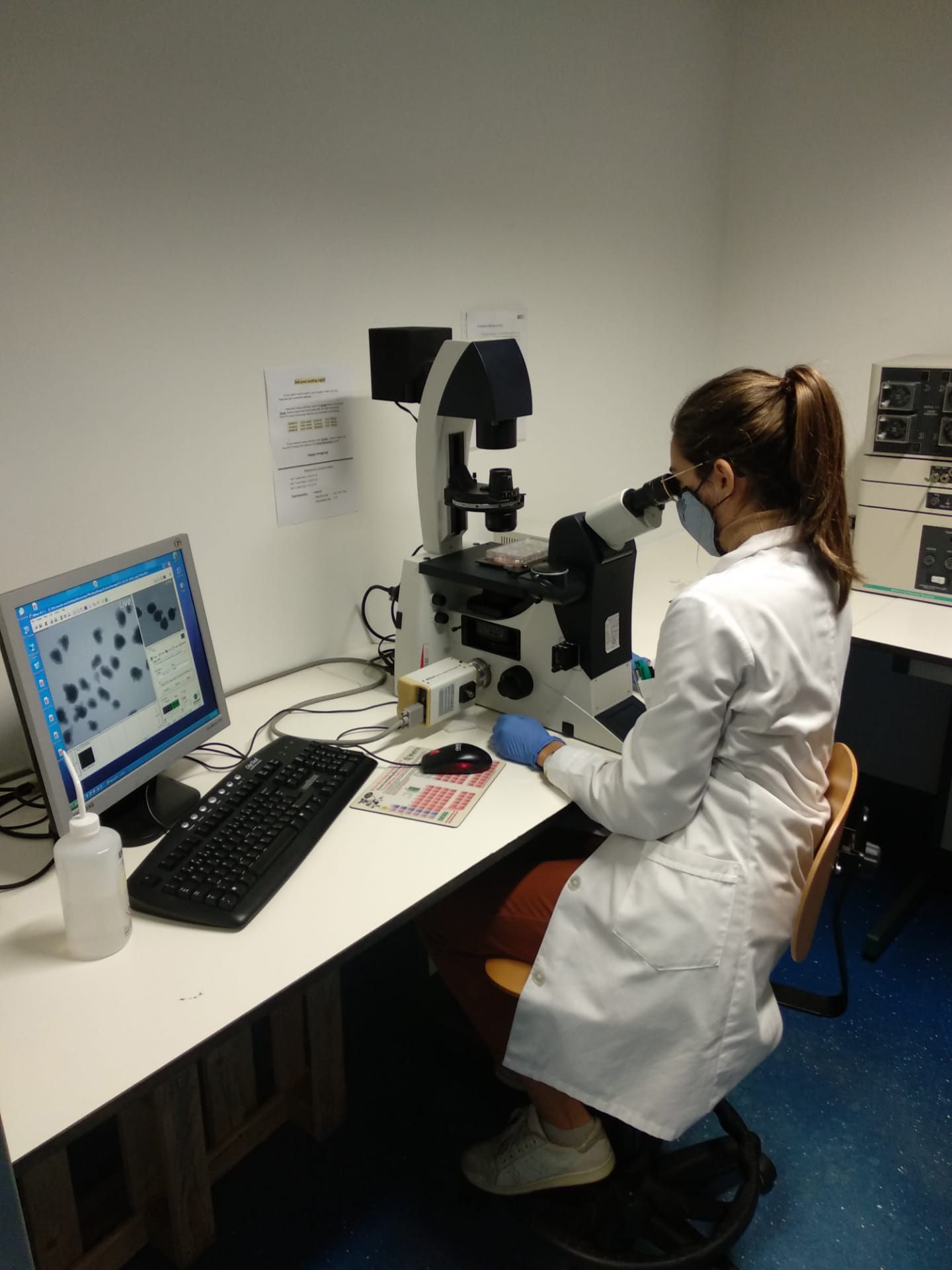
The Social Innovation Lab (SILAB) is a collaboration between CEG-IST and IN+ (Centre for Innovation, Technology and Policy Research) and addresses the current gap in the educational system by focusing mainly on frugal innovation – “do more with less” – aimed at solving social problems experienced by several local communities in the world. Its purpose is to create a new educational model integrating an economic and human dimension of technology and a mobility program where students develop solutions on site. With the help of an international network of partners and a physical laboratory where different stakeholders can interact, SILAB has been able to create different solutions to meet the needs of communities, involving them in the process. One of its recent projects was DETU, which aims at installing an automatic system in any heavy passenger vehicle to facilitate the mobility of older people.
The Stem Cell Engineering and Regenerative Medicine Research Group (SCERG) of the Institute for Bioengineering and Biosciences (iBB) at Técnico Taguspark is devoted to cell therapy and regenerative medicine, by translating pioneering research and development in stem cell, tissue and organ engineering and science to improve human health. In addition to research, there is a strong emphasis on educating and training future scientists at PhD (Bioengineering: Cell Therapies and Regenerative Medicine) and MSc (Bioengineering for Regenerative and Precision Medicine) levels.
The translational clinical and bioengineering research at SCERG/iBB has had high scientific and clinical impact on the treatment of hematooncological and cardiovascular diseases using stem cell-based therapies.SCERG researchers, together with Instituto Português de Oncologia de Lisboa Francisco Gentil and Centro de Histo-compatibilidade do Sul-Lusotransplante, pioneered the manufacturing under GMP conditions and clinical use of human Mesenchymal Stem/Stromal Cells (MSC) to treat four (4) patients graft-versus-host disease, a complication after bone marrow transplantation, and four (4) children with hematological diseases. The patients had positive outcomes. In collaboration with the Department of Cardiology of Hospital Santa Marta, the MSC therapeutic potential has been evaluated in the context of acute
myocardial infarction. A cell culture platform was implemented for the ex-vivo expansion of human MSC, allowing the manufacturing of clinically relevant cell doses within an autologous setting (120-200 million cells produced, with cell doses of 1-2 million cells/ kg).
INESC-ID is a Research and Technology Organization that develops top research in the fields of Science and Electrical and Computer Engineering. INESC-ID at TagusPark hosts groups of researchers in the areas of Artificial Intelligence for People & Society and Graphics and Interaction, among others.
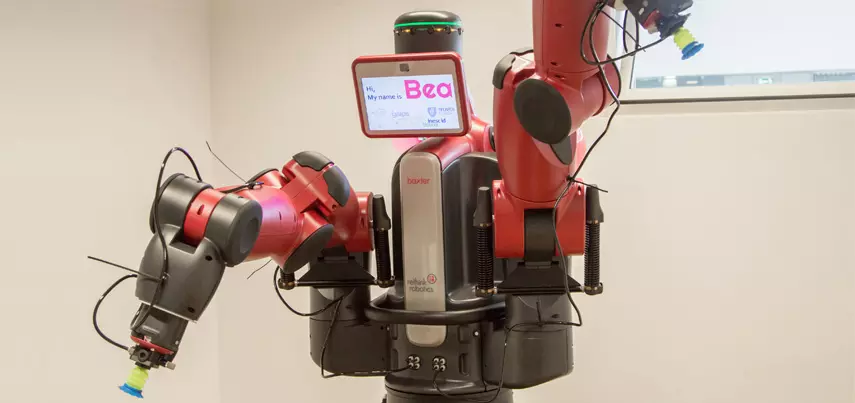
The Group of Artificial Intelligence for People and Society, GAIPS, studies computational models of social and emotional AI to understand collective dynamics and decision-making in socially rich and complex situations.
The group builds intelligent agents that are capable of perceiving and understanding others, including humans, and act accordingly to support human activities. These agents are used to improve user interaction with machines in natural and playful interactions, such as games for serious purposes. The group studies the design of applications that make use of social agents, in particular in the form of social robots that are capable of social work, for instance, to teach and train people or engage in teamwork and promote prosocial behaviour. Studies on the collective dynamics of societies of social agents are used to inform policy making to address challenges with public good situations. Researchers at GAIPS research different approaches within Artificial Intelligence, including Multiagent systems and Machine Learning, and Human Machine Interaction.
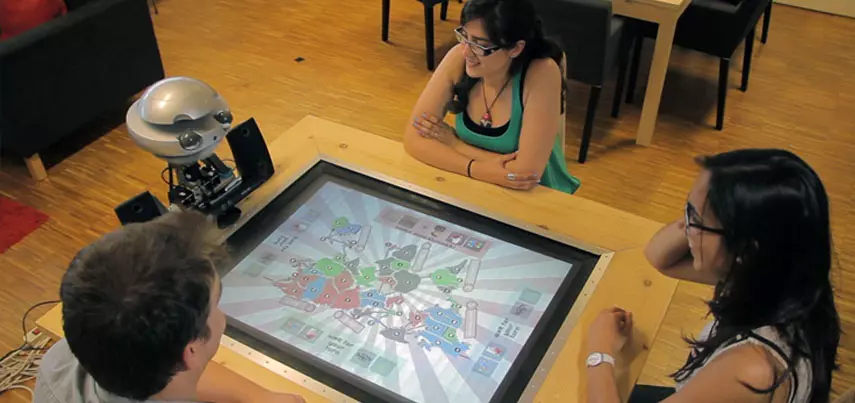
The João Lourenço Fernandes (JLF) Multimedia Lab offers a rich environment for advanced research on visual computing human-computer interaction. Additionally, the JLF Multimedia Lab equipment supports many interaction spaces ranging from a wall-sized screen to handheld interactive surfaces. To this end, the laboratory features the latest Virtual and Augmented Reality head mounted displays and sub-millimetric motion capture systems for full-body tracking. Since its opening, researchers developed several European and national funded projects at the JLF Multimedia lab and published a large body of work.
The Institute for Systems and Robotics – ISRLisbon – is a premium research center in the areas of robotics and information processing, carrying out fundamental and applied research in the cutting edge domains: Robotics and Computer Vision; Dynamic Systems and Oceanic Robotics; Biomedical Engineering; Intelligent Systems and Robots; Signal and Image Processing. ISR-Lisboa is part of the Técnico LARSyS Associate Laboratory.
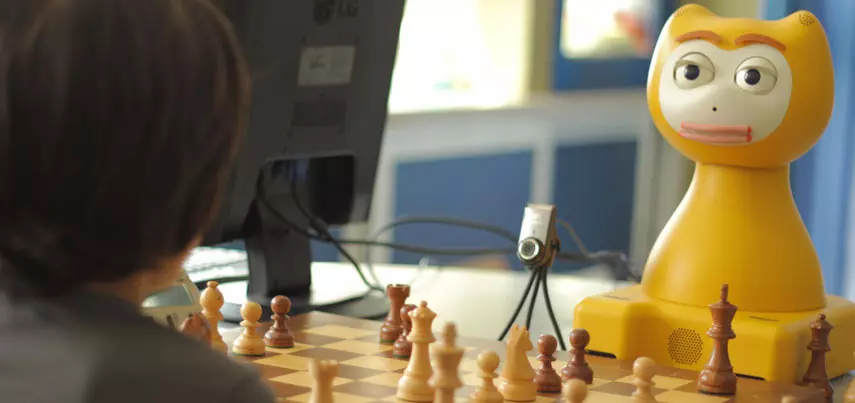
ISR-Lisboa’s presence at Técnico Taguspark campus is concentrated in the Aerial and Marine Robotics Studio, with various differentiating infrastructures, among which a 60,000 liter tank for testing marine equipment and an arena for testing aerial robotic vehicles.
Our Aerial and Marine Robotics Studio is central to the development of ocean exploration technologies for scientific and/or commercial application, with several national and foreign partners. A relevant example of the ongoing collaboration actions is the European project Blue RoSES financed by the European Commission’s H2020 program, started in December 2019, with a pilot test scheduled to take place in Portugal, in the Algarve, aiming to make it possible for a person without training to tele-operate an underwater robot over a long distance, via the Internet. The Space is the most recent prominent segment in the infrastructures created by ISR at Taguspark, highlighting the installation of a polished stone table for testing space robotic systems in simulated microgravity environments, based on pressurized air cushions.
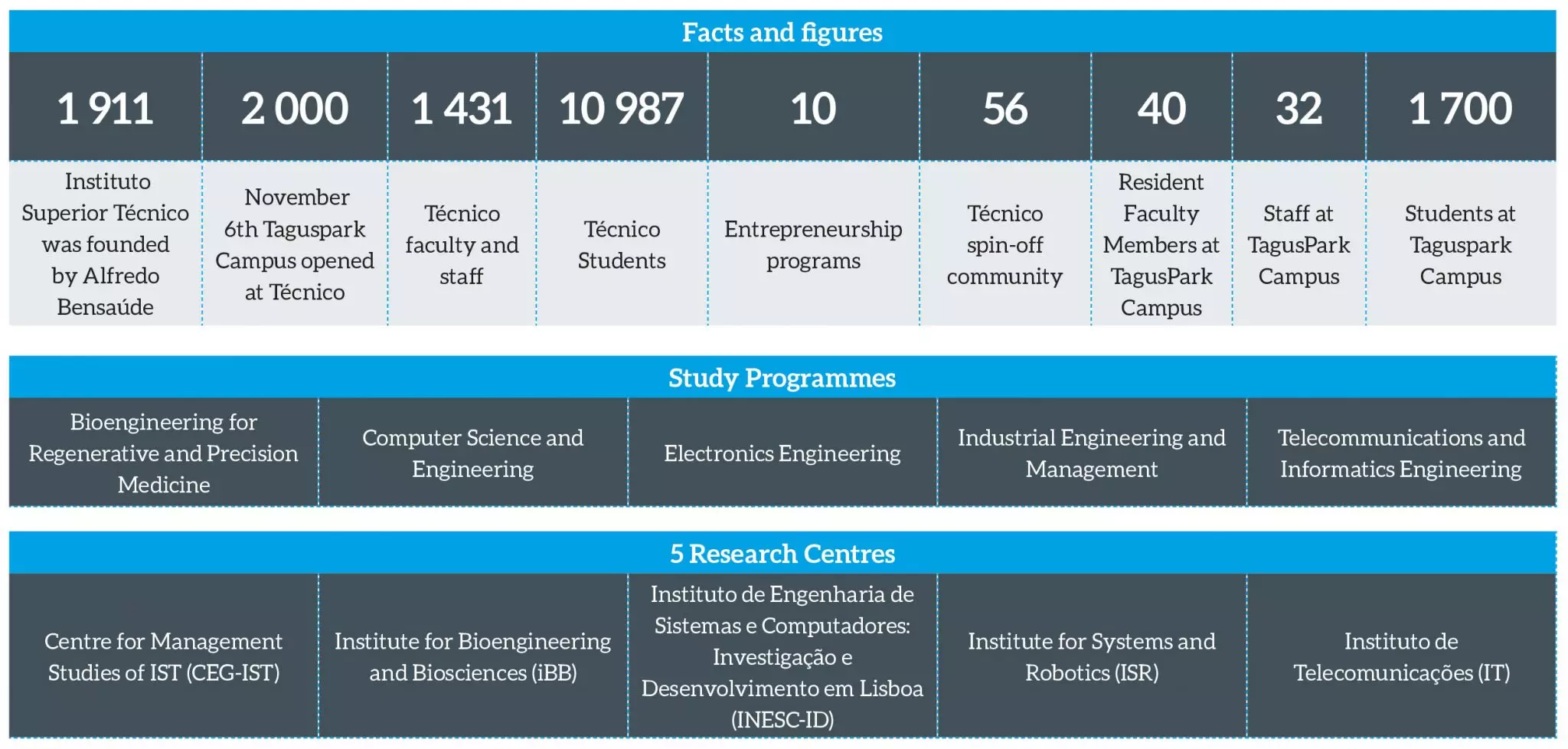
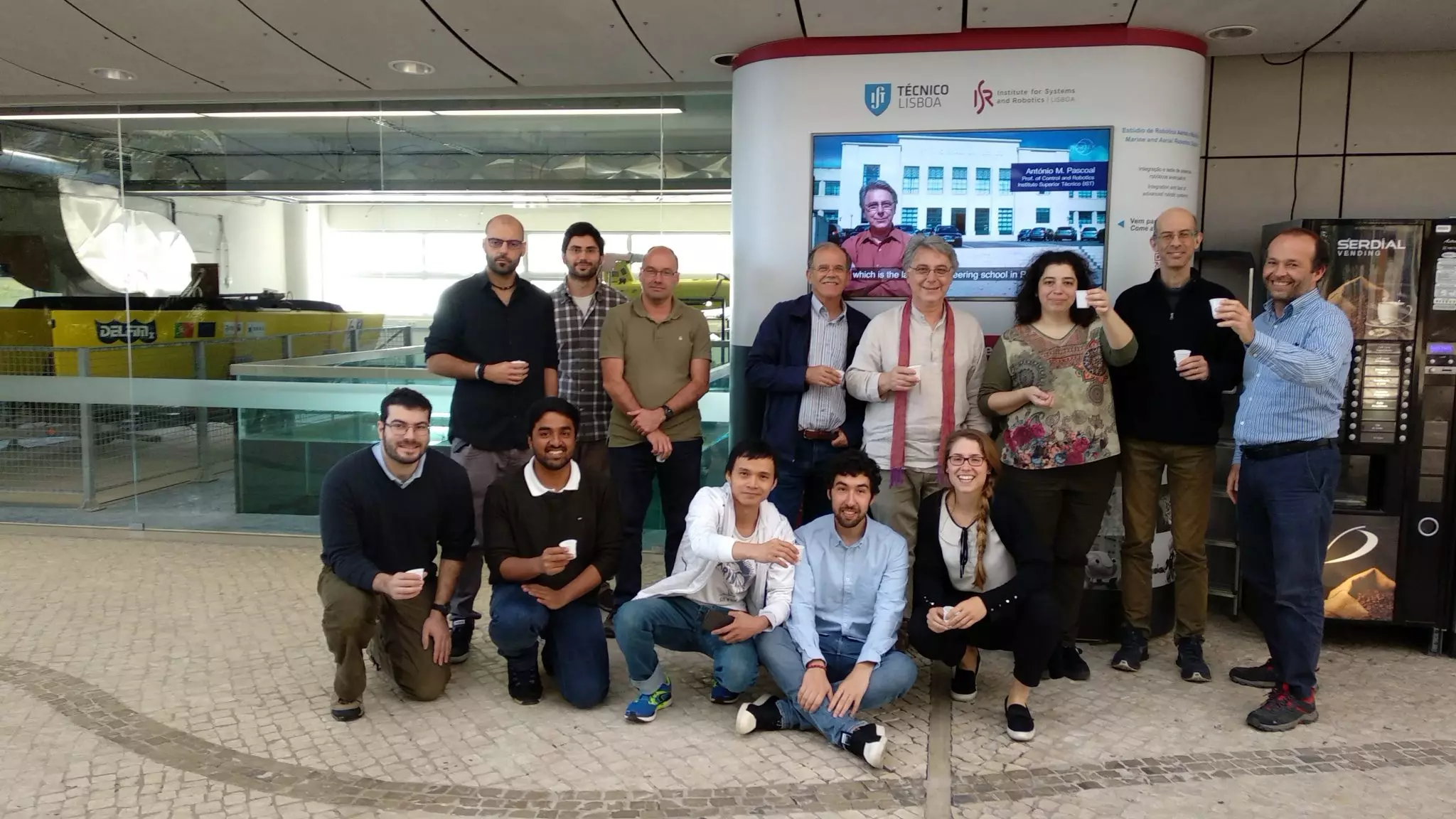
Making a satellite, however small and simple, is a task that involves multiple skills from various areas of Engineering. At Nanosat Lab we are developing a nanosatellite with subsystems entirely built by students following a philosophy of “learning by doing”.
ISTSat-1 is the first satellite being developed at a Portuguese University, at Técnico Taguspark. It is a small cube, of 10cm edge, that has nearly everything big satellites have. It aims at testing a compact system for receiving ADS-B signals, which are signals emitted by airplanes, that provide their location and representation on popular websites such as Flightradar24.com.
It is worth noting that using these systems on satellites makes it possible to track airplanes in remote areas of the planet, thus facilitating their location in the event of accidents, such as those on Malaysian Airlines’ MH370 or Air France’s AF447, both gone missing in tragic circumstances.















